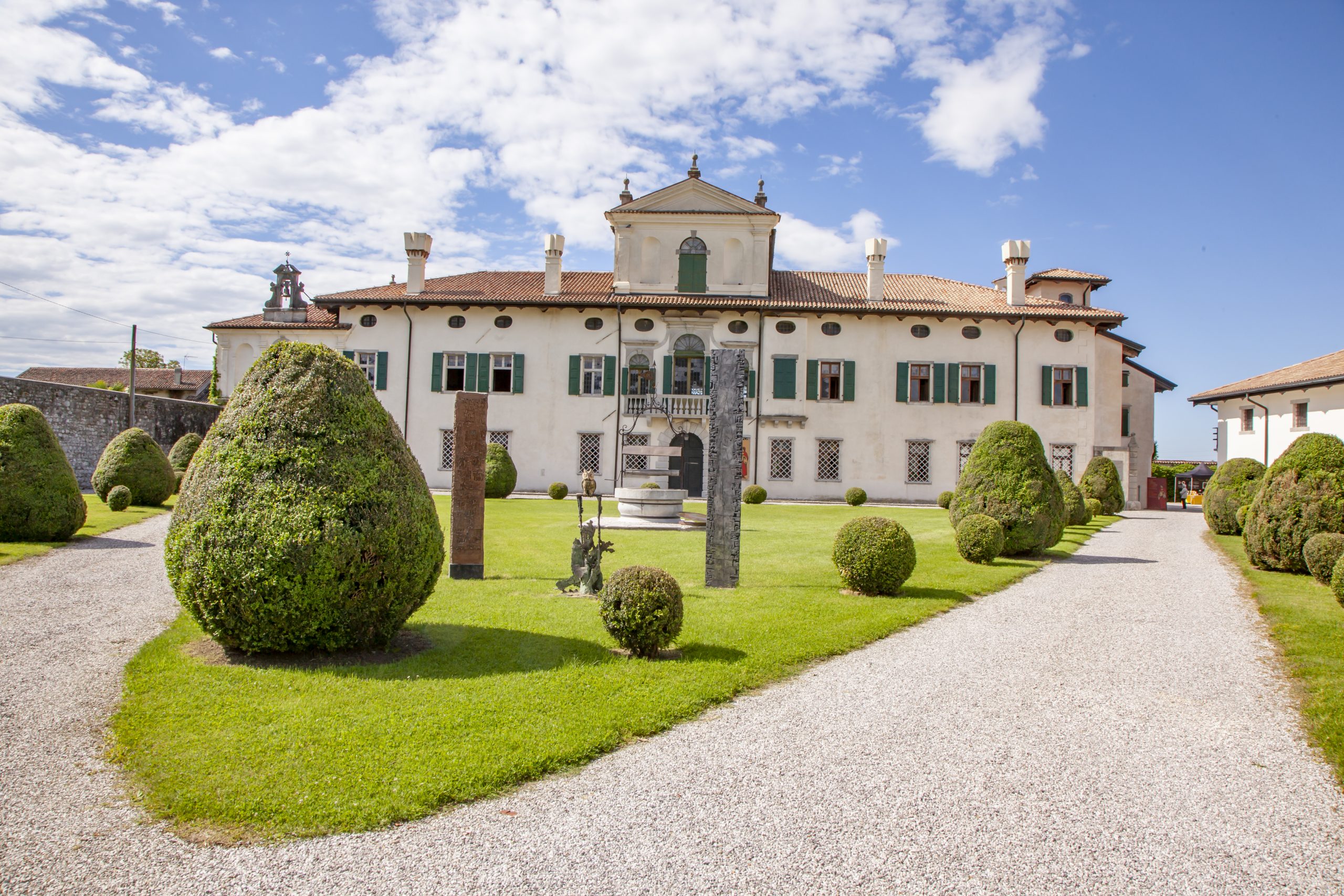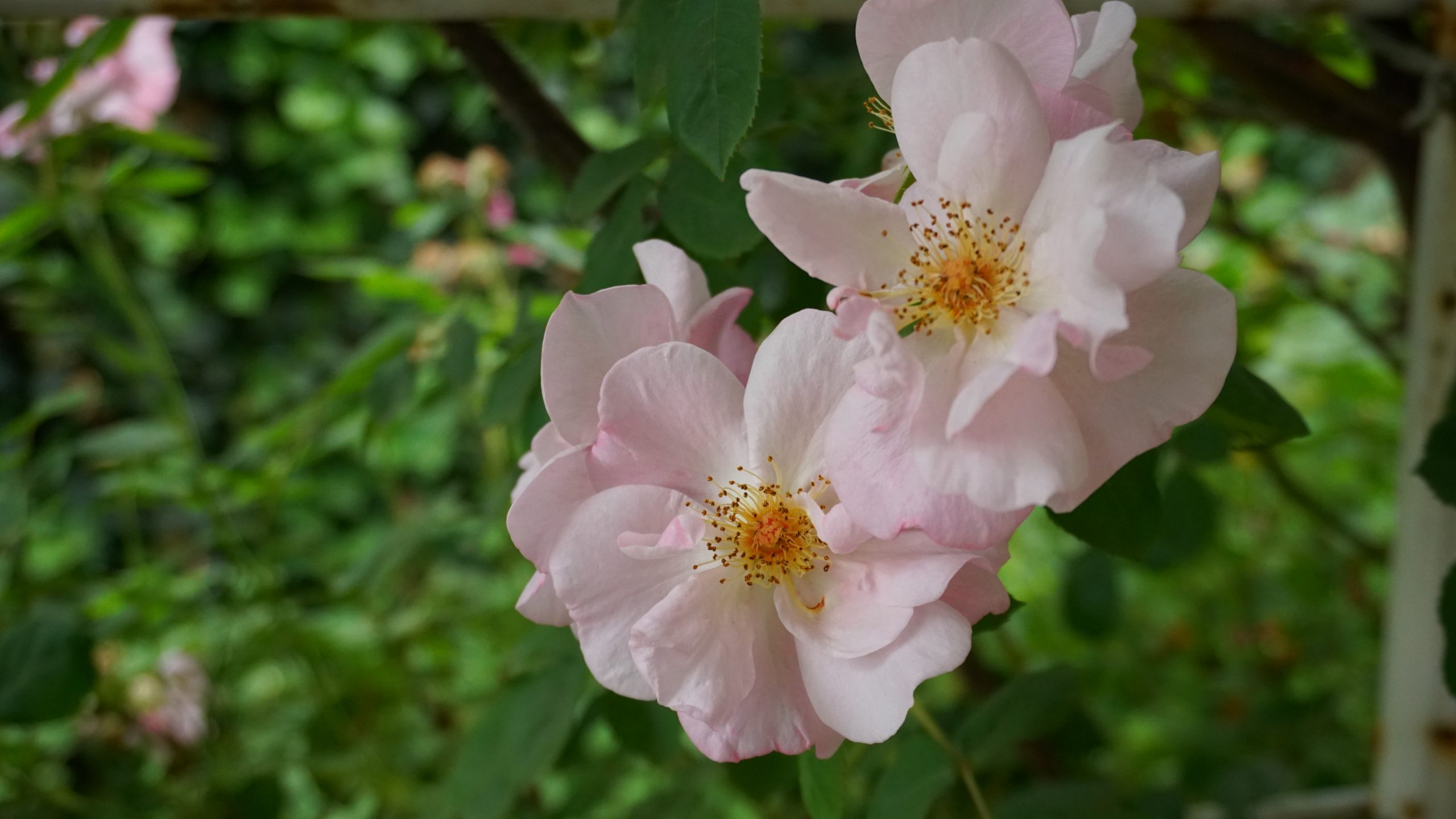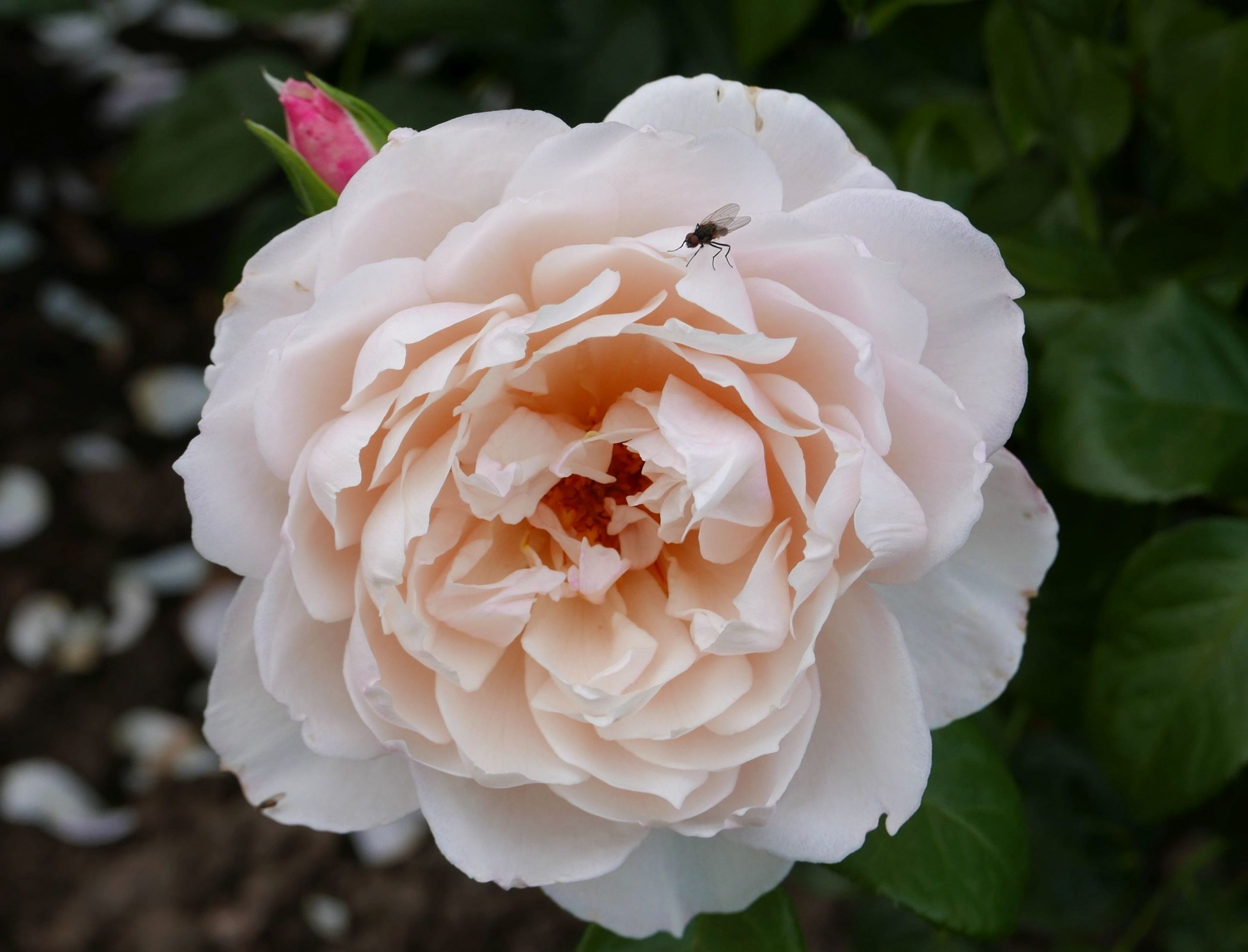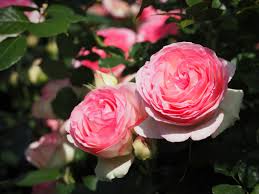The Square Courtyard

From functional space to work of beauty
The square courtyard, originally a functional space for the agricultural activities of the de Claricini family since the 17th century, housed stables, stables, barns, storage rooms and the watchtower towards the entrance to the village, as documented in the land register of 1757. This rural space was used for carts, materials and tools related to the management of the family’s agricultural estates in Bottenicco. It was only in the early 20th century that Count Nicolò Claricini Dornpacher (1864-1946) transformed it into an elegant formal garden, restoring order and beauty to the area, which became the first reception point for those arriving from the main road.
The garden is laid out in a large quadrangular flowerbed, divided into three symmetrical sections by gravel paths branching off from the main entrance. One of them leads to the chapel of S. Croce, while the other leads to the side courtyard, enclosed by residential and service buildings, including the guest quarters and barchesse. The green areas are framed by boxwood shrubs ( Buxus sempervirens), expertly pruned according to topiary art, a technique of Roman origin that allows trees and shrubs to be shaped into ornamental geometric forms. Smaller specimens have spherical shapes, while larger ones take on a graceful conical, rounded form. The meticulously manicured lawn is embellished with elegant baroque vases of artificial stone, whose whiteness stands out in sharp contrast to the deep green of the turf. At the center of the garden stands the 17th-century well, built at the behest of Francesco de Claricini to ensure the water supply necessary not only for the life of the family and settlers, but also for agricultural and domestic activities.
The roses of the square courtyard
Following the regeneration and redevelopment of the gardens and park of Villa de Claricini, the espalier of roses clinging to the walls of the square courtyard offers an extraordinary spectacle. Given the formal character of the garden, varieties were selected that are adapted to half-shade, capable of giving abundant and continuous blooms, perfect for the surroundings.
As we get closer, we can recognise Clair Matin by its bright green foliage and medium-sized, lightly scented flowers. Its buds are a deep dark pink that gently fades to a light pink during full flowering. This variety, with its elegant and romantic habit, is particularly appreciated for its generous re-flowering that ensures repeated flowering throughout the season. It is also resistant to disease and weather, and is characterised by its ability to grow rapidly, with a vigour that allows it to cover large areas.

Another variety that stands out is the Generous Gardener, easily recognisable by its intense fragrance with notes of old rose and musk. Its open cup-shaped flowers are a delicate pink colour that gradually fades outwards to almost white. This rose is particularly prized for its reliability and for the generosity of its repeated and abundant flowering throughout the warm season. The Generous Gardener grows quickly and thickly, thanks to its large, glossy, leathery leaves that make it hardy and well adapted to garden conditions.

Finally, Pierre de Ronsard
stands out, a tribute to the famous 16th century French poet, known for his love of roses. This variety is particularly vigorous and disease-resistant, with glossy green foliage that enhances its beauty. The old-fashioned, lightly scented flowers are characterised by a colour that fades from white-green on the outside to antique pink on the inside. The Pierre de Ronsard is perfect as a climbing rose, thanks to its strong, well-branched branches, which allow it to develop in height with great ease. Not surprisingly, the World Federation of Rose Societies inducted it into the prestigious Rose Hall of Fame in 2006, recognising its extraordinary beauty and quality.

Although used as climbers, these varieties are not true climbing plants: they are in fact sarmentose roses, which develop in height thanks to their long, flexible shoots (branches). No rose is really a climbing plant, since they cannot climb independently. Unlike ivy, they have no adhesive discs, shoots or tendrils to cling to surfaces; instead, they need support to grow tall and develop harmoniously.
